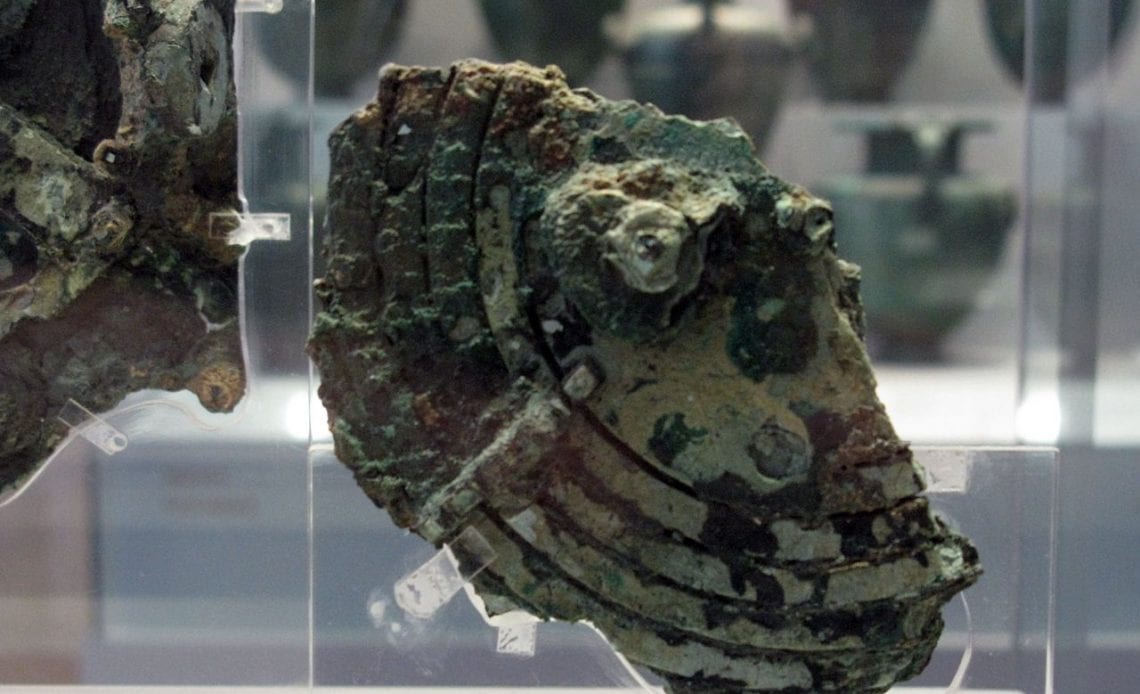
What are artefacts?
Artefacts (or artifacts as they are sometimes referred to) are objects of interest in archaeology. They are usually tools or artistic objects created by humans. Artefacts are objects that are of interest as they allow us to understand more about the history, culture, and science of their era. Stone tools, potteries, jewelry, clothing, weapons, and other metal objects are common artefacts. These are usually discovered with bodies or during archaeological excavations. They are also found accidentally while digging the ground or in a well. Some of the famous artefacts are King Tut’s mask in Egypt, the Terracotta Army in China, and the Dead Sea scrolls in the West Bank.
One of the interesting artefacts is the “out of place artefacts”. These are artefacts found in impossible places or in an unusual context. These are special artefacts that seem advanced for the times where they belonged to. They are mysterious objects about which there is a lot of controversies. There are different theories explaining these objects. While some theories are commonly accepted, others are hotly disputed. These are some of the unexplained artefacts about which there is no satisfying explanation.
There are many such artefacts to be found. The article presents five of the most famous, amazing, and controversial artefacts. Read about them and understand what makes them so fantastic.
1. Antikythera Mechanism
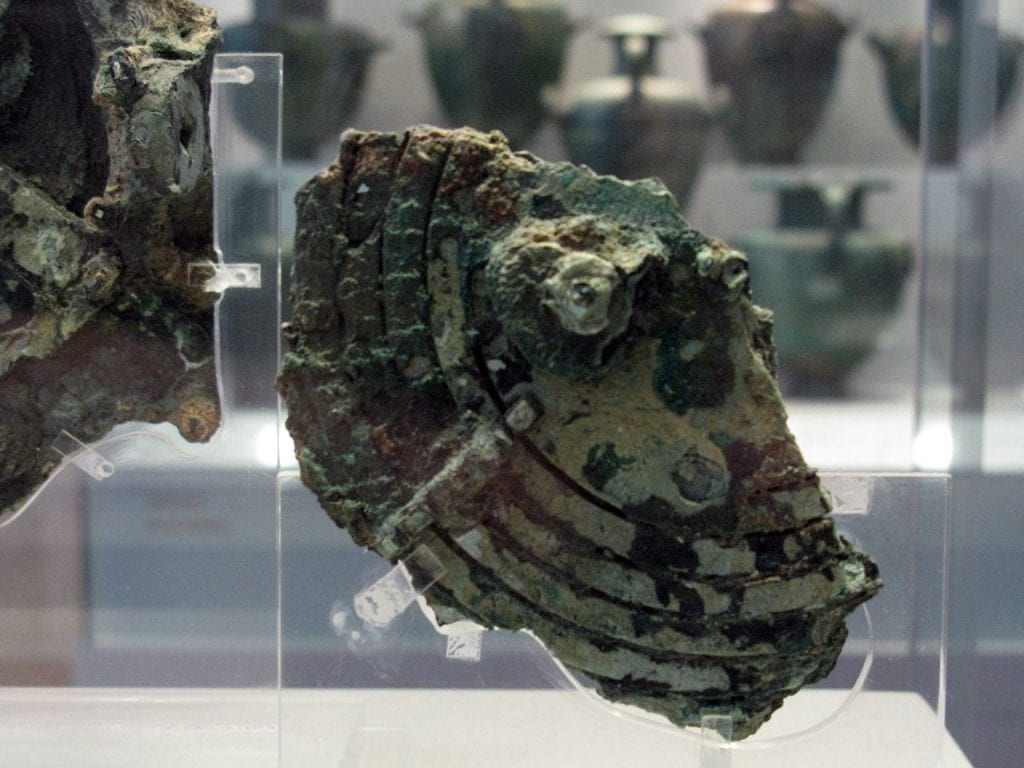
This artefact was found in a sunk Greek ship in 1901. It was found off the coast of Antikythera. It is believed to be the first every analog computer in the world. It has been dated from 205 BC to 87 BC. This makes it a truly amazing find. This meant that the civilization of that time had advanced scientific knowledge. Some of the interesting features of this artefact are:
- It was used to calculate astronomical positions of planets and the stars.
- It had a box with dials that could be used to control it. This showed a sophistication of design unique for those ages.
- It had many gear wheels (thirty-seven) inside the device arranged in a complex way. It resembled the advanced design of clocks made in the 18th century.
- There are mysterious characters on this device’s surface that have been difficult to decipher.
- It was believed to be used to predict eclipses.
- It was found in a box in the form of a lump. It is now in the form of eighty-two fragments. This was done to conserve it to prevent damage.
- There are two rings. The outer ring is divided into 365 days. The inner ring is divided into the zodiac signs.
- The most amazing fact is that the Greeks were able to create such amazing technology in those times. This is what makes the artefact one of the most amazing out of place artefacts.
2. Shroud of Turin
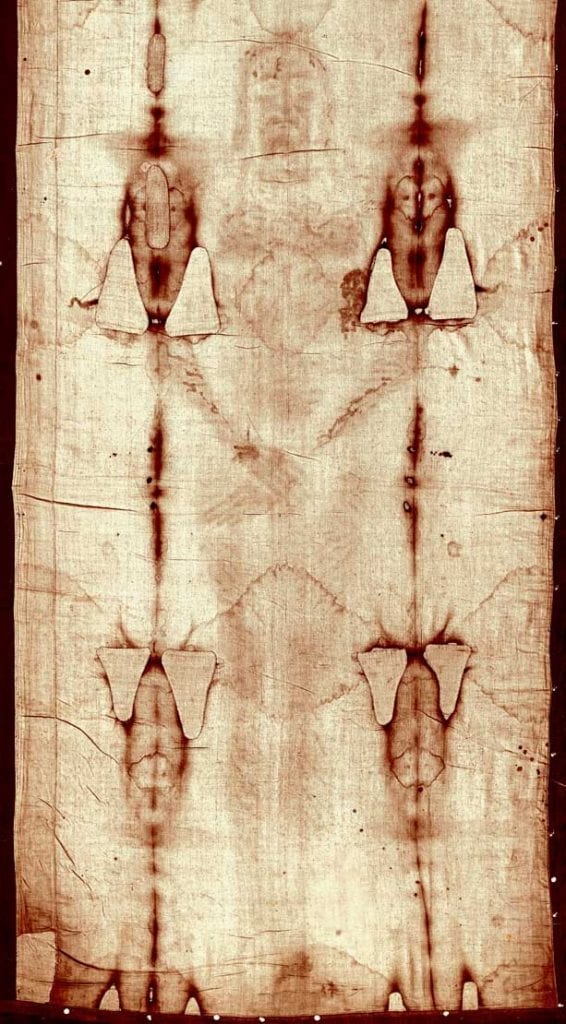
The Shroud of Turin is, without a doubt, one of the most controversial artefacts discovered in history. The shroud is a cloth that has the image of a man in the negative. It is believed to be the image of none other than Jesus Christ. Believers say that this was the shroud in which Christ was wrapped after being crucified. There is a reference to this shroud in 1354 when it was owned by a French knight. In 1390, Bishop d’Arcis denounced it as a fake.
The shroud traveled to many places where it was viewed with devotion, astonishment, and suspicion. It was damaged in a fire in 1532. It is presently conserved at the Cathedral of Saint John in Turin. The following are some of the facts about this controversial artefact:
- Carbon dating showed that the shroud belonged to the period from 1260 to 1390. Some researched have disputed this and claimed that medieval material was introduced in the shroud.
- There have been many studies done on the shroud. Scientists claim it is a fake. However, many people believe that this indeed is the shroud that covered the body of Christ.
- There is still no clarity even among scientists on how the image was formed on the shroud.
- There are reddish stains believed to be blood. This again is disputed, which explains why this is the most controversial artefact probably ever found.
3. London Hammer
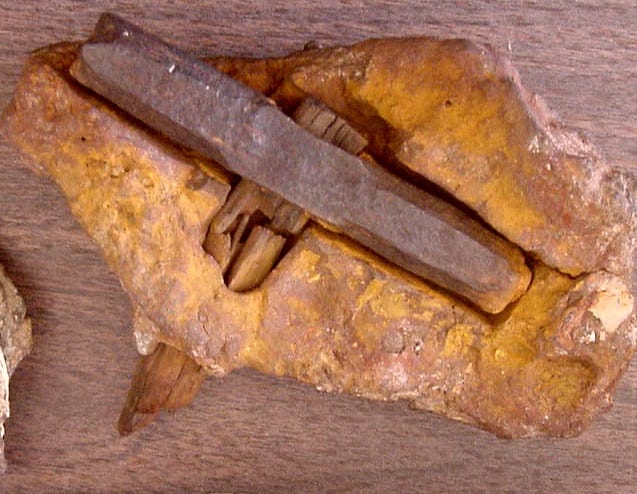
In 1936, a couple out for a walk in the town of London, Texas, discovered a rock with wood inside it. Later on, they found that the rock had a hammerhead inside it. Archaeologists then studied this artefact and what they found was surprising. The rock was dated from 400 million years ago, which was the first surprise. An even bigger surprise was the fact that the hammer was dated as belonging to a time about 500 million years ago!
The hammer was so old that its handle had started to become coal. When the hammerhead was studied in detail, it was found that it was 96% pure iron. A supporter of the creationist theory named Carl Baugh bought this artefact. Subsequently, he placed his views about this, which were controversial.
- He claims that this was a pre-flood artefact. He said that giant humans could have probably used the hammer,
- Baugh has many controversial views on the pre-flood era. He used this artefact to stress his views that were disputed by scientists.
- The London hammer is presently in Baugh’s Creation Evidence Museum in Texas.
- Some researchers believe the hammer resembles tools made during the 1800s. They dispute the original dating of the stone and the hammer.
- Since the hammer was not carbon-dated, the truth will probably never be known.
4. The Drupa Stones
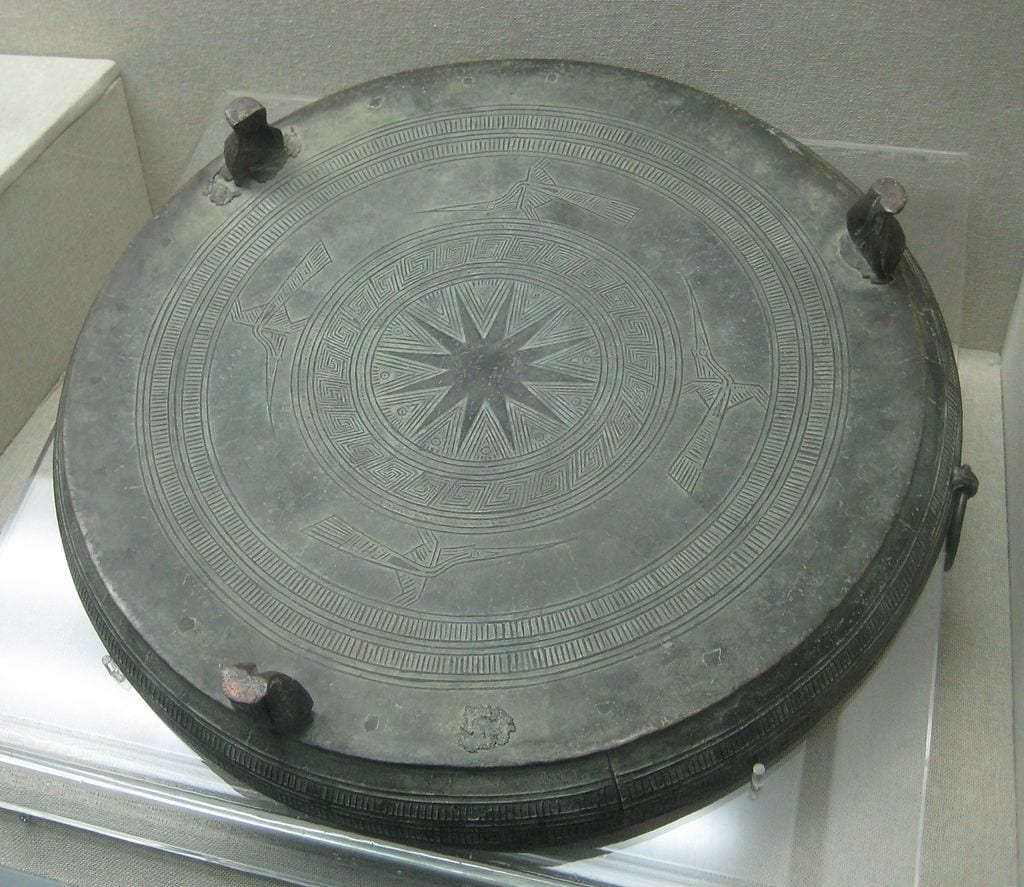
(Image for representational purpose)
In 1938, an expedition in China found strange stone disks in a cave. This was discovered in the border of Tibet and China. There were a total of 716 such stone disks that were circular in shape. The caves in which these disks were found had rock art depicting stars, planets, and figures with round helmets. There were skeletons found in the area that were just four feet in height with huge skulls.
There were also engravings and hieroglyphics on the disks. In 1958, the disks were given to Tsum Um Nui for a study. Tsum Um Nui came out with startling claims. His findings were:
- The hieroglyphics narrated a story and he had deciphered them all.
- It told the story of a spacecraft that had crashed into the mountains. He claimed that the people in the spacecraft were Dropa people who then settled in the region.
- The locals observed that the Dropas were peaceful. However, the Han Chinese killed many of them.
Nui’s findings were severely criticized, after which he moved to Japan. Russian scientists studied the disks. They claimed that the disks vibrated as though an electric current was being passed through them. Surprisingly in 1994, the Chinese announced that the disks had been destroyed. They no longer acknowledge their existence. This makes the disks one of the most mysterious artefacts found and lost later.
5. The Baghdad Battery
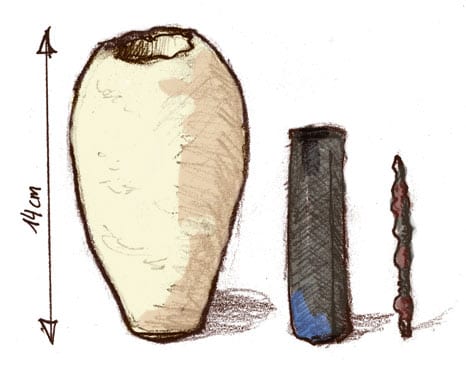
In 1936, archaeologists found three artefacts – a ceramic pot, a copper tube, and an iron rod. It was found in Iraq near the former capital of the Parthians. Wilhelm Koenig, an archaeologist who worked for the museum, observed the artefacts in 1940. He stated that these artefacts constituted a battery. He said that this was a galvanic cell. He claimed that it was used by the ancient civilization to electroplate silver to give it a gold coating.
Some researchers who state that it was just a vessel to store items dispute this viewpoint. Koenig’s theory on its use has not been disproved by anyone. The following are some interesting facts about the Baghdad battery:
- The artefact is believed to have been used somewhere between 250 BC to 224 AD. The pottery is believed to be in the Sassanid style.
- It is believed to be around 2,200 years old. The passage of time has affected the artefact and it exhibits signs of corrosion.
- Scientists showed that when filled with vinegar, it can produce one volt.
- In 1978, a scientist named Arne Eggebrecht used a similar device to electroplate a small statue making it gold plated.
- Historians say that there is no evidence of electroplating being done during this period. They use this reason to dispute Koenig’s theory.
- Some archaeologists proposed an alternative theory. They stated that it was a storage vessel for storing sacred scrolls. Acidic organic residue was found in the vessel. This made researchers state that the parchment had rotted completely, leaving behind the residue.
- Remnants of these batteries are still available at the National Museum of Iraq.
The five artefacts listed in this article are some of the ones found in an impossible place and in unusual contexts. There is a lot of curiosity about these artefacts. While some believe that they know all about these artefacts, there are many who still do not accept common explanations. Even in the future, these will remain some of the most controversial artefacts ever found.

